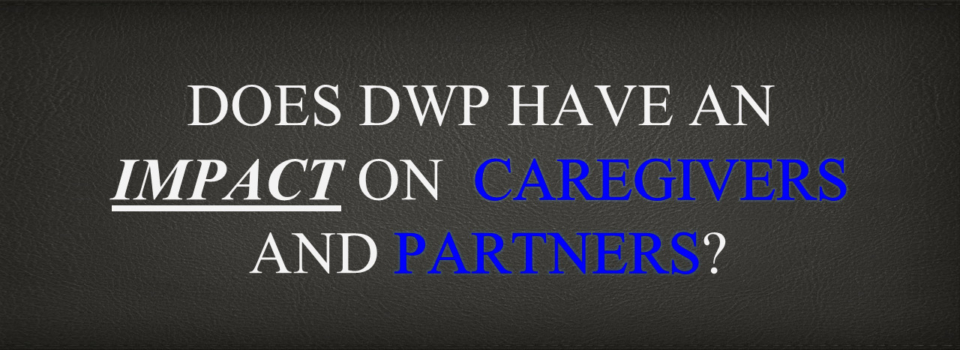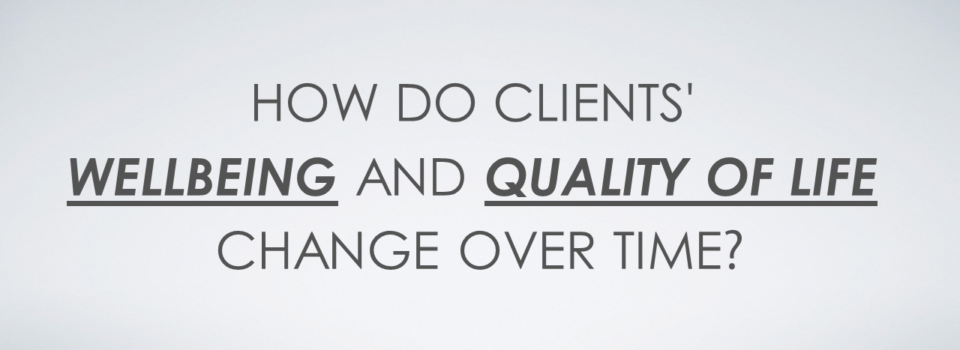In this project we explore how Dancing with Parkinson’s makes a difference in the lives of individuals. A key focus is on the mechanisms of impact. Our overarching questions are: Does DWP work? How does it work? Following a realist evaluation perspective, we explore the contexts and mechanisms underlying the health and social outcomes associated with Dancing with Parkinson’s.
Evaluation Questions
The DWP evaluation seeks to examine the following areas:
1) Whether and in which aspects is DWP making a difference in participants’ lives?
Outcomes that will be assessed include mood, energy, stress levels, falls, symptoms of PD, social connections, self-expression, and quality of life.
2) What are the mechanisms through which DWP activities brings about change?
Uncovering mechanisms that explain what it is about DWP that works or how DWP activities lead to outcomes will provide a stronger contribution link between DWP and the observed outcomes. A sample of potential mechanisms of DWP include bringing people out of isolation, facilitating social connections, instilling confidence, strengthening hope and increasing a sense of freedom.
Design and Data
This present study has been informed by a theory of change and takes a realist evaluation approach, asking, “What works for whom and under what circumstances?” The theory of change explores the mechanisms by which DWP impacts outcomes. A variety of data collection instruments have been developed to test, verify, and further develop this theory of change. Additionally we have interviewed clients about how participation with DWP has affected them.
To better understand how DWP works, we have implemented the following:
a) a realist synthesis of the literature on the mechanisms that influence outcomes;
b) a daily journal to follow client mood and experience over a 3 1/2-month period;
c) a weekly journal to follow caregiver/care-partner experience;
d) pre- and post-surveys; and
e) video interviews with clients and caregivers.
The knowledge from this study will help design a more elaborate evaluation that will study the causal impacts of DWP.
The Intervention
Dancing with Parkinson’s is a community organization that creates and delivers dance therapy and movement classes for adults living with Parkinson’s disease (PD). PD is a progressive neurodegenerative disease for which there presently is no cure. PD can present with movement disorders such tremors, problems with standing, walking, balance and coordination, as well as many other symptoms which may include difficulty with concentrating, problems with swallowing or speaking, depression and anxiety. DWP was founded in 2008 by Sarah Robichaud, Director of DWP. Weekly classes are offered at 7 locations throughout Toronto at a low cost to clients. Approximately 150 PD persons attend each week, and the vast majority of participants continue dancing year after year. Teachers and volunteer helpers for every class are specially trained in issues of safety, and the classes are designed specifically for people with PD. Important aspects of the classes are fun, enjoyment, love of music, safety, self-expression, sense of community, and human contact (eye to eye, hand-holding, partnering, greeting and parting hugs).
The Partnerships
This evaluation of Dancing with Parkinson’s is being conducted by the Evaluation Centre for Complex Health Interventions and is supported and funded by the Ontario Brain Institute’s Evaluation Support Program. The OBI Evaluation Support Program aims to build evaluation capacity within community organizations, such as DWP, that serve people with brain disorders to both generate evidence about what works and inform community practices: “Just as evidence informs clinical practice, we are fostering the use of evidence to inform how community services are run. This will allow organizations to track the key ingredients of their successes — this way, successes can be replicated and services can be improved” (http://www.braininstitute.ca/evaluation-support-program).










